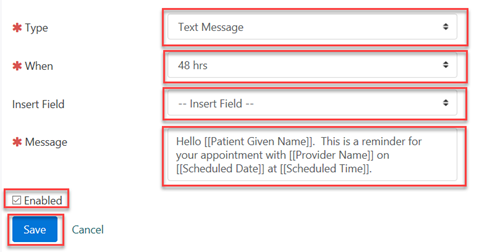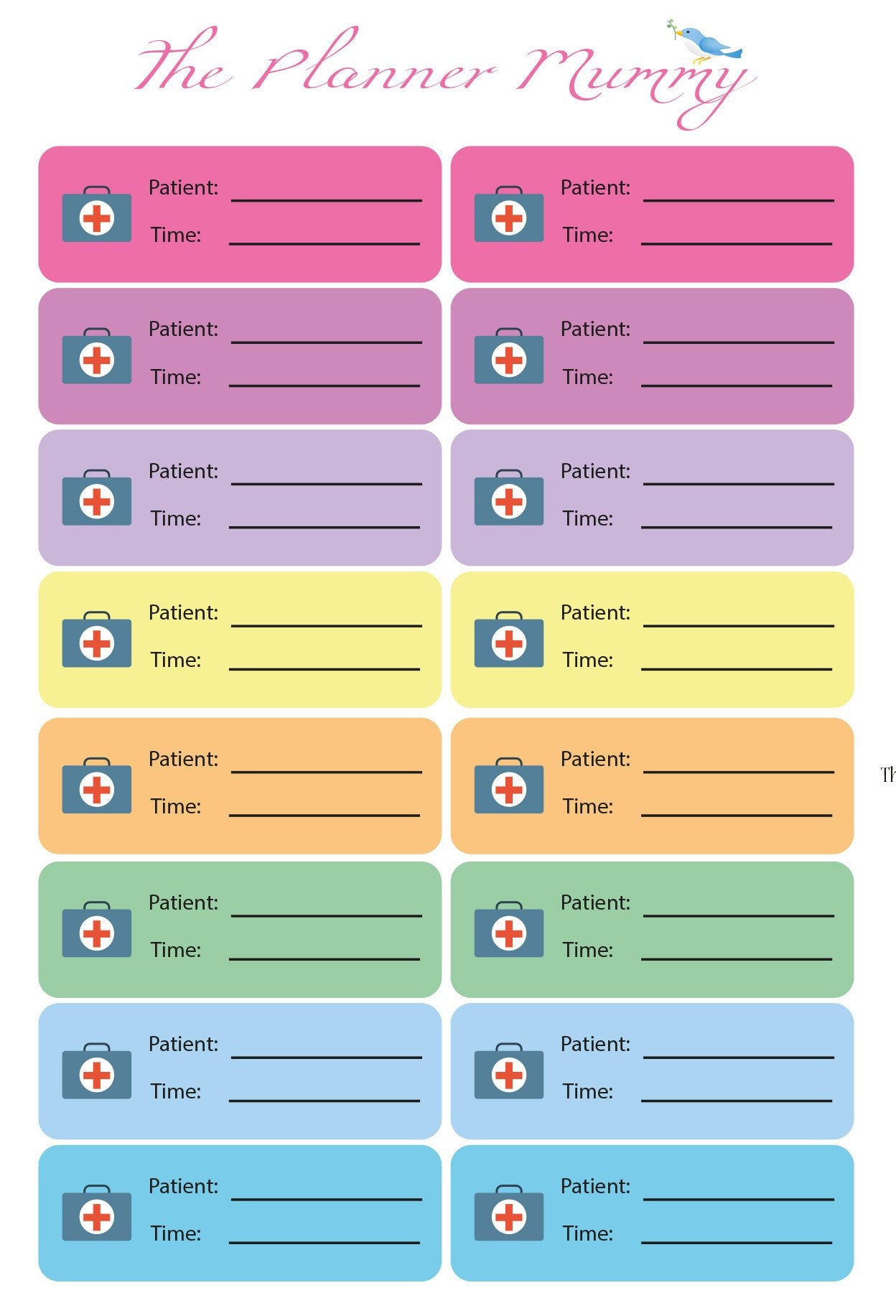
They should also have the option to stop receiving them. Make it easy to opt out.Ĭustomers must choose to receive your texts. In addition, you should get familiar with text messaging opt-in best practices. Get their opt-in for appointment reminders by creating an online form (e.g., a checkbox) or asking customers to text a confirmation keyword (e.g., YES).

You can’t text your customers without their permission. Here are best practices to keep in mind before pressing send: Get opt-in. But first, you have to ensure your customers or patients have opted in to receiving them in the first place. Once you’ve written your SMS reminder, it’s time to send it. Text STOP to unsubscribe.īest Practices for Sending Text Reminders Here’s what a basic appointment template looks like: You can also choose a template with custom fields and send it to a list of customers your texting platform will personalize each outgoing message with the relevant appointment information.Īt a minimum, you need to include your business name, appointment date, and appointment time in your reminder. You can choose a template, then adjust it and send it to a patient or customer. SMS templates are reusable texts that help you send appointment reminders faster. 28 Examples of Appointment Reminder Text Templates Include simple opt-out keywords and instructions at the bottom of each SMS reminder. They should also have the option to opt out at any time. Your customers must opt in to receive your appointment reminders before you send them.

Consider creating an option for them to confirm the appointment, too. If your team is equipped to have two-way SMS customer service chats, offer customers the option to reschedule or cancel their appointments. You can also add the signature of the team member who will be taking care of the customer. Make it clear that you know who you’re texting! At the very least, include the customer’s name. If they need to bring something or do anything special (like enter a building code) include that too. Include your business’s name (and branch if you have multiple locations), appointment date, and appointment time. At the very least, include: Appointment detailsĬustomers can’t show up if they don’t know when or where they need to be somewhere. Think through what might help them remember your appointment and feel encouraged enough to come. What to Keep in Mind as You Write Your Reminder Textsīefore you send reminder texts, consider your goal-to get your customers or patients to show up. Here are two examples of the types of reminders businesses send: They can also be more detailed, including appointment details, emojis, links, or team members’ signatures. It prevents busy customers from forgetting their appointments or even arriving late. Want 10 top text templates that you can use with your team? Get the templates What Is an Appointment Reminder Text?Īn appointment reminder text is a message a business sends to confirm an appointment with a customer. 28 text message appointment reminder templates.They’re an easy way to increase the number of customers who walk through your doors. You can prevent these no-shows with appointment reminder texts.Īppointment reminder text messages can reduce no-shows by up to 38%, which makes sense considering that texts have an impressive 98% open rate. But some customers simply forget they have appointments. Customers or patients may have emergencies or simply not feel well enough to show up.

You can’t prevent all no-shows or late arrivals. And even late appointments can throw off your entire schedule-causing wait times, decreasing customer satisfaction, and losing you customers. Missed appointments don’t just eat into your revenue-they also eat into your organization’s time, efficiency, and customer satisfaction. Case in point, the UK hairdressing industry loses 1.2 billion pounds (1.4 billion dollars) each year from no-shows. For a business open seven days a week, that’s $7000 weekly, $28,000 monthly, and $336,000 yearly. If an appointment brings in $100 and your business has 100 appointments a day, 10 no-shows costs you $1000 daily. No-shows also have a big impact on revenue. For some industries, the no-show rate can be as high as 39%-meaning nearly 40 out of 100 patients you’re supposed to see aren’t receiving care. More than one in 10 appointments never show.


 0 kommentar(er)
0 kommentar(er)
